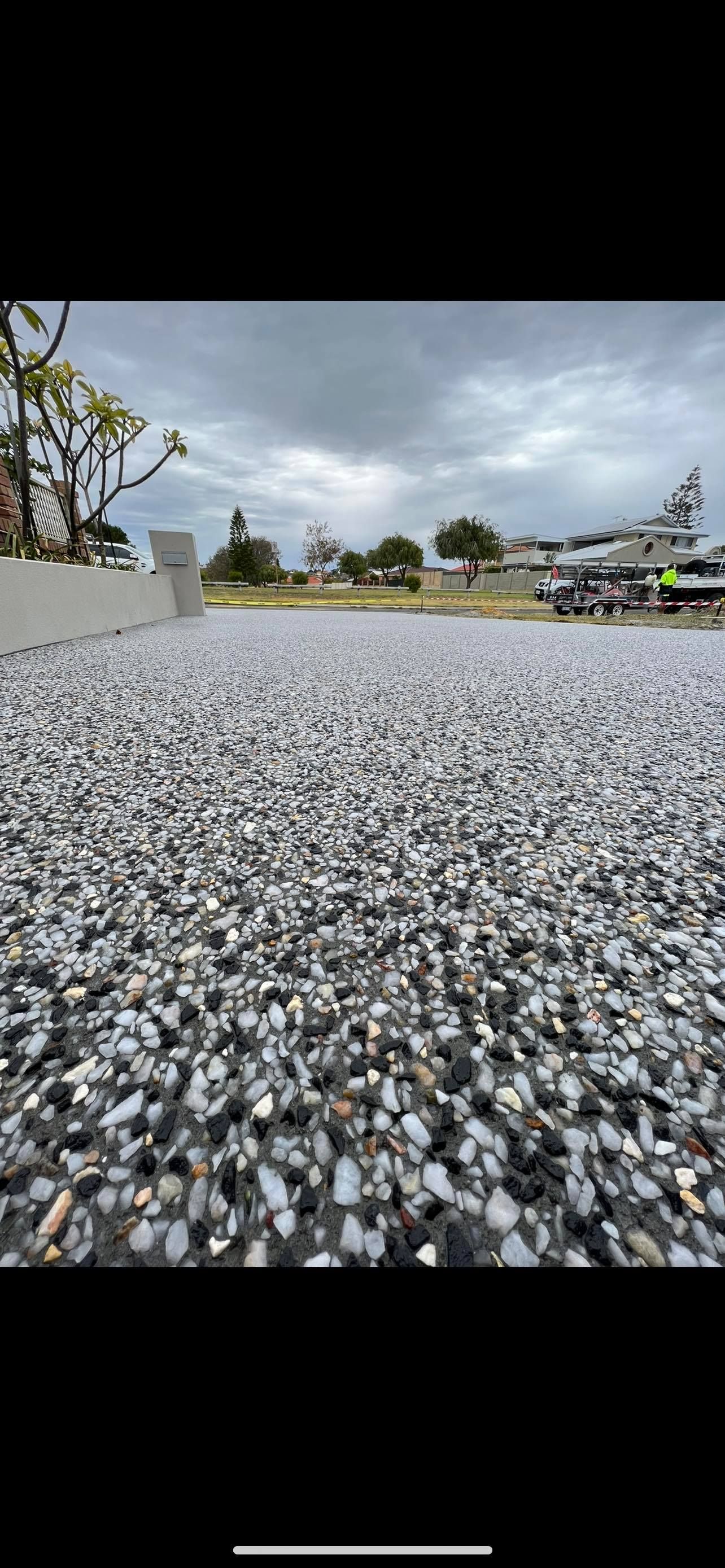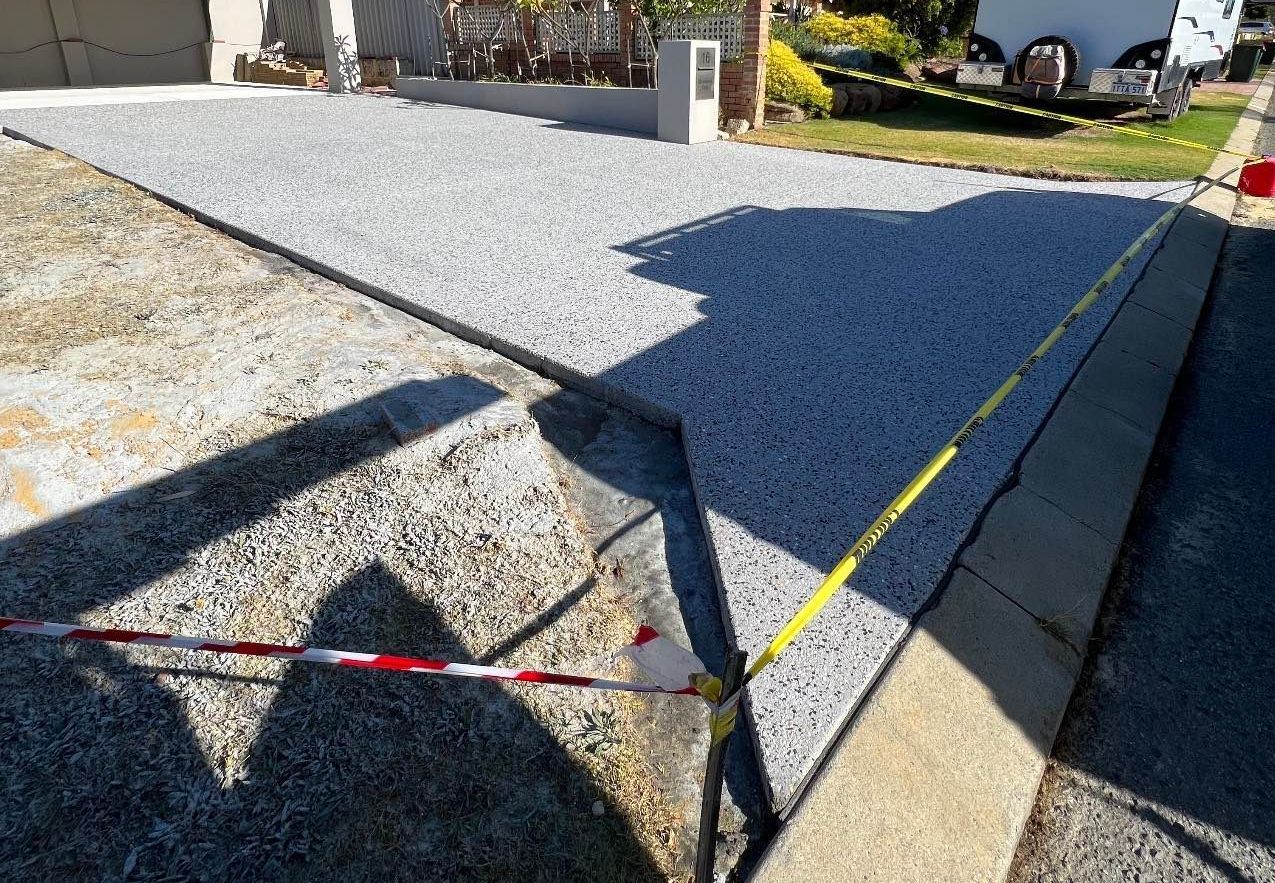Liquid Limestone vs Concrete
Liquid Limestone vs Concrete
When it comes to choosing the right material for your outdoor flooring, there are plenty of options available in the market. Among them, liquid limestone and concrete are two popular choices. While they share some similarities, they have some differences that you need to consider before making your decision.
In this blog post, we will compare liquid limestone and concrete to help you make an informed choice that suits your needs and budget.
What is Liquid Limestone?
Liquid limestone is a mixture of crushed limestone, concrete, and other materials that are blended to create a smooth, flowing mixture. It's applied as a liquid, and when it dries, it forms a solid, hard surface that is suitable for outdoor flooring.
Liquid limestone is known for its natural, attractive appearance, which gives a modern and sophisticated look to any outdoor area. It is also durable and can withstand harsh weather conditions, making it a perfect choice for outdoor spaces.
Find out more on Liquid Limestone in Joondalup
What is Concrete?
Concrete is a mixture of cement, water, and aggregates, such as gravel or crushed stone. It's applied as a semi-liquid paste and hardens over time to form a solid surface. Concrete is widely used for outdoor flooring due to its affordability and durability.
Concrete is available in different finishes, such as stamped, polished, and coloured, allowing you to customise your flooring to your liking. It is also easy to maintain and requires minimal upkeep.
Find out more on Concrete in Joondalup
The Difference between Liquid Limestone & Concrete
Now that you know the basics of liquid limestone and concrete let's compare the two materials based on some important factors.
Appearance
Liquid limestone has a natural and modern appearance, which is perfect for creating a stylish outdoor area. On the other hand, concrete can look industrial and plain, but it can be customised with different finishes to give it a more attractive appearance.
Durability
Both materials are durable and can withstand harsh weather conditions. However, liquid limestone has a slight advantage in terms of durability, as it is less prone to cracking than concrete.
Maintenance
Liquid limestone requires minimal maintenance, as it's a single piece that is poured in place, meaning there are no joints to worry about. On the other hand, concrete can crack and require repairs, which can be costly.
Cost
Liquid limestone is generally more expensive than concrete, as it requires more materials and labor to install. However, it may be worth the investment due to its durability and attractive appearance.
Conclusion
In conclusion, both liquid limestone and concrete have their pros and cons, and the choice ultimately depends on your budget, style preferences, and intended use. Liquid limestone is a more stylish and durable option, while concrete is more affordable and customisable.
Consider your needs, budget, and desired outcome when making your decision. We hope this comparison has helped you make an informed choice that suits your outdoor flooring needs.
If you're in the Joondalup area and are considering a new outdoor flooring project, it's time to make a decision between concrete and liquid limestone. With the help of our experienced team, you can achieve a durable, stylish, and low-maintenance outdoor space that will stand the test of time.
At Concrete Joondalup, we specialise in providing high-quality concrete and liquid limestone solutions that meet the unique needs of our clients. Our skilled and experienced team is committed to delivering exceptional workmanship, and we use only the best materials and equipment to ensure the quality of our work.
Don't settle for a plain, boring outdoor space. Contact us today to learn more about our concrete and liquid limestone services and get a free quote for your project. Let us help you bring your vision to life and create a beautiful, functional outdoor space that you can enjoy for years to come.


